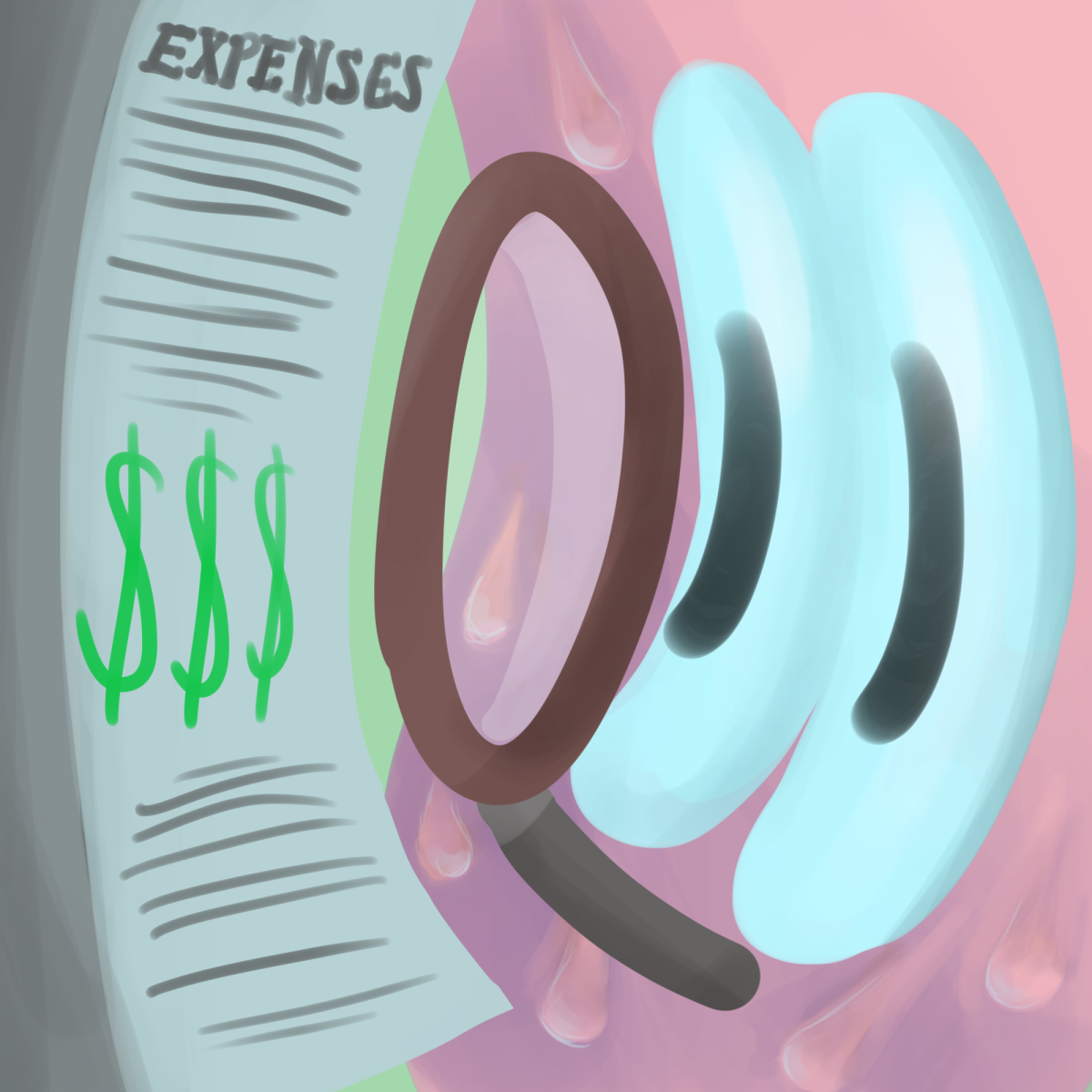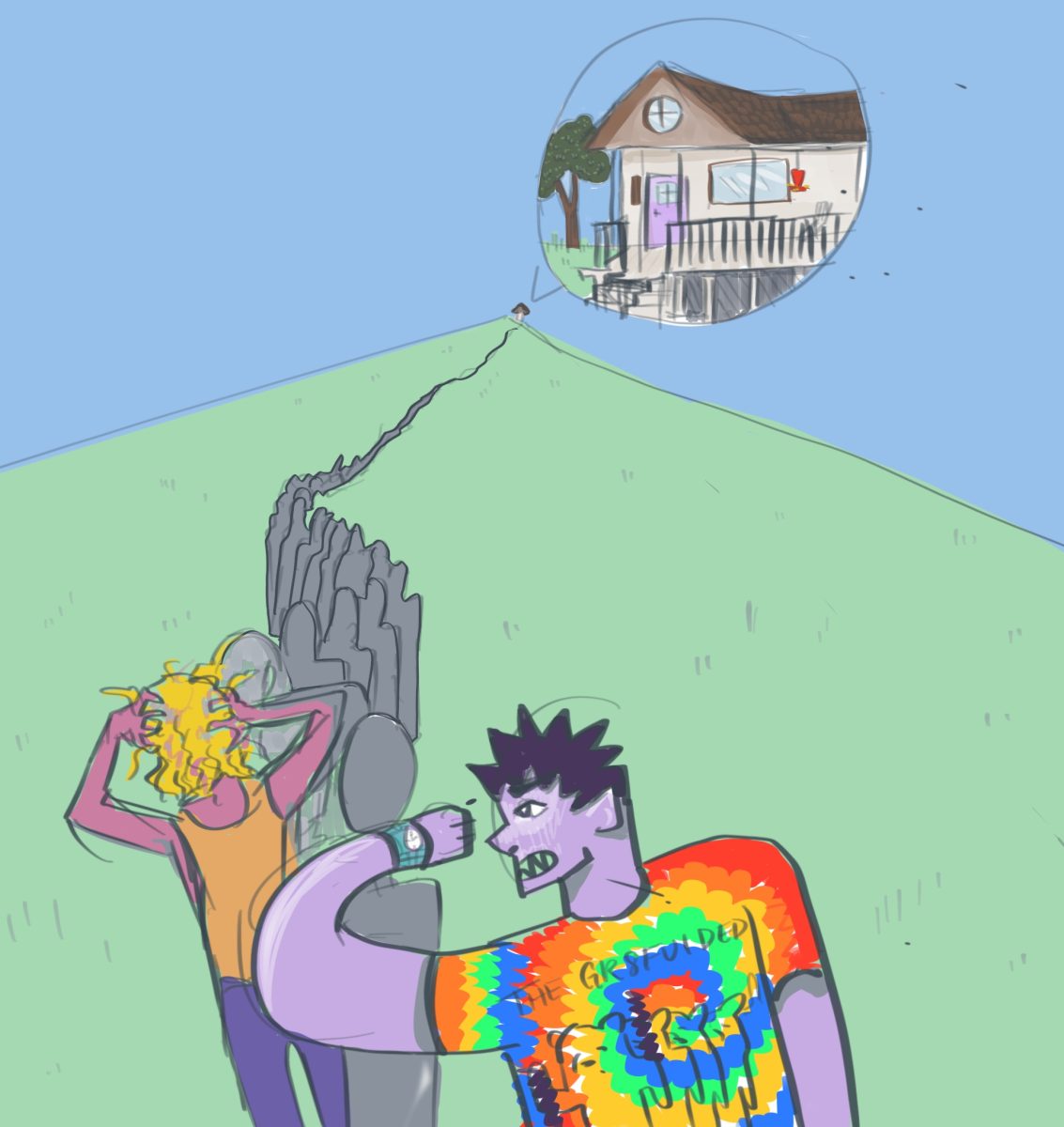Disclaimer
The Student Activity Fee (discussed in the article) has an unclear value. SGA’s page and the 2022 Funding Report say $150, but the Trinity Fee Schedule says $162. I have chosen to use the lower value of $150 for this article.
On Aug. 24, the Student Government Association (SGA) announced a $100,000 investment in a new student mental wellness initiative. It made for a great headline and generated plenty of buzz, for good reason. Mental health is a major priority for students, and they are right to be excited that the university is investing more resources in the area. However, it also brings up another issue with SGA that goes deeper than this campaign: transparency, or lack thereof.
To be clear, SGA does a lot of good work for Trinity — namely allocating funding to student organizations, and allowing for many of the events and clubs that make campus a lively space. I do not disparage the people who work hard to make the body function. That being said, it is necessary for SGA funding, particularly when it comes to large initiatives like the recent mental health investment, to have greater financial transparency.
The announcement page on Trinity’s website lists three broad goals for the initiative: improving mental wellness accessibility to underserved students, increasing mental health support services and developing routes for rapid feedback to gauge wellness needs. It goes into slightly more detail, mentioning an expansion of Mental Health Awareness Week, more workshops, access to therapy dogs, faculty and staff training, a new service to combat gender disparities in mental health care, a program to reduce loneliness and a student advisory board for LGBTQ+ mental health care issues.
Given the amount being spent on such vague goals, SGA should publish a specific breakdown of funding. Additionally, some greater clarification on the design process and future execution of these proposals should be provided. Who designed these programs? Why does the initiative focus on pre-medical care, instead of an investment in counseling services or other programs which address the medical issues underlying mental illness? What timeline should students expect for the initiative’s plans to materialize? Information of this sort is often published by the Trinitonian under our coverage of SGA meetings, but SGA should not depend on reporters to present essential information about their activities for them.
Furthermore, if SGA does not have a concrete plan and timeline for how to spend the money, it owes the student body an explanation for passing a major funding proposal without a clear road map. The money for this initiative, along with the rest of SGA’s spending, comes from the student activity fund, filled by the $150 student activity fee (SAF) which each Trinity student pays every semester. The student activity fund is our money, earmarked for SGA to spend. It follows that the Trinity community has a right to know specific details about how its money is used.
Beyond this announcement, SGA is vague about its financial resources and use thereof. SGA does not publicly publish how much money they have in reserve or how much money they make per semester. This information could be easily made publicly available. I served as a senator for the class of 2024 during the 2021-2022 academic year, and we had access to this data while voting on University Sponsored Organization (USO) funding.
Alas, I am no longer a senator, so I turn to the Fall 2022 SGA funding report and some extrapolation. Considering the $150 SAF and an undergraduate body of about 2,500, SGA can expect to make about $375,000 a semester, or $750,000 a year. SGA spent $62,530 on clubs in the 2022 fall semester, plus $452,934 on USOs for the academic year. About 4% of the fund is taken by the university for administrative fees. Thus, SGA should have had a budget surplus of roughly $140,000 at the end of Spring 2023, assuming club spending was roughly equal both semesters. This does not include any potential leftover funds from previous years.
The other piece of publicly available information on SGA funding is a poster on Trinity’s website which shows which portions of the SAF goes to what organizations. The poster contradicts the funding report. According to the report, student programming board (SPB) funding should make up about 9% of the total activity fund. According to the poster, however, it takes up more like 27%. Same for the Mirage, which accounts for 9% of total funding on the poster, but according to the report occupies more like 5%.
These discrepancies probably have a good explanation. Most obvious is that they may be from different years. However, we can’t know because the poster does not specify the year it is referencing. This is all important; I should not have to engage in financial guesswork to get a blurry picture of SGA spending. SGA needs to ensure that large proposals and their general organizational practice have clear and easily available planning goals and financial information.
I am not arguing that SGA is obfuscating information, and I am strongly in favor of greater investment in mental well-being. Transparency is simply an important aspect of ensuring that money is properly focused and a culture of community trust is maintained.







